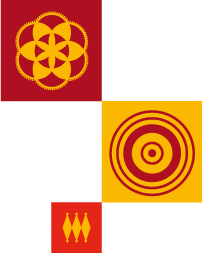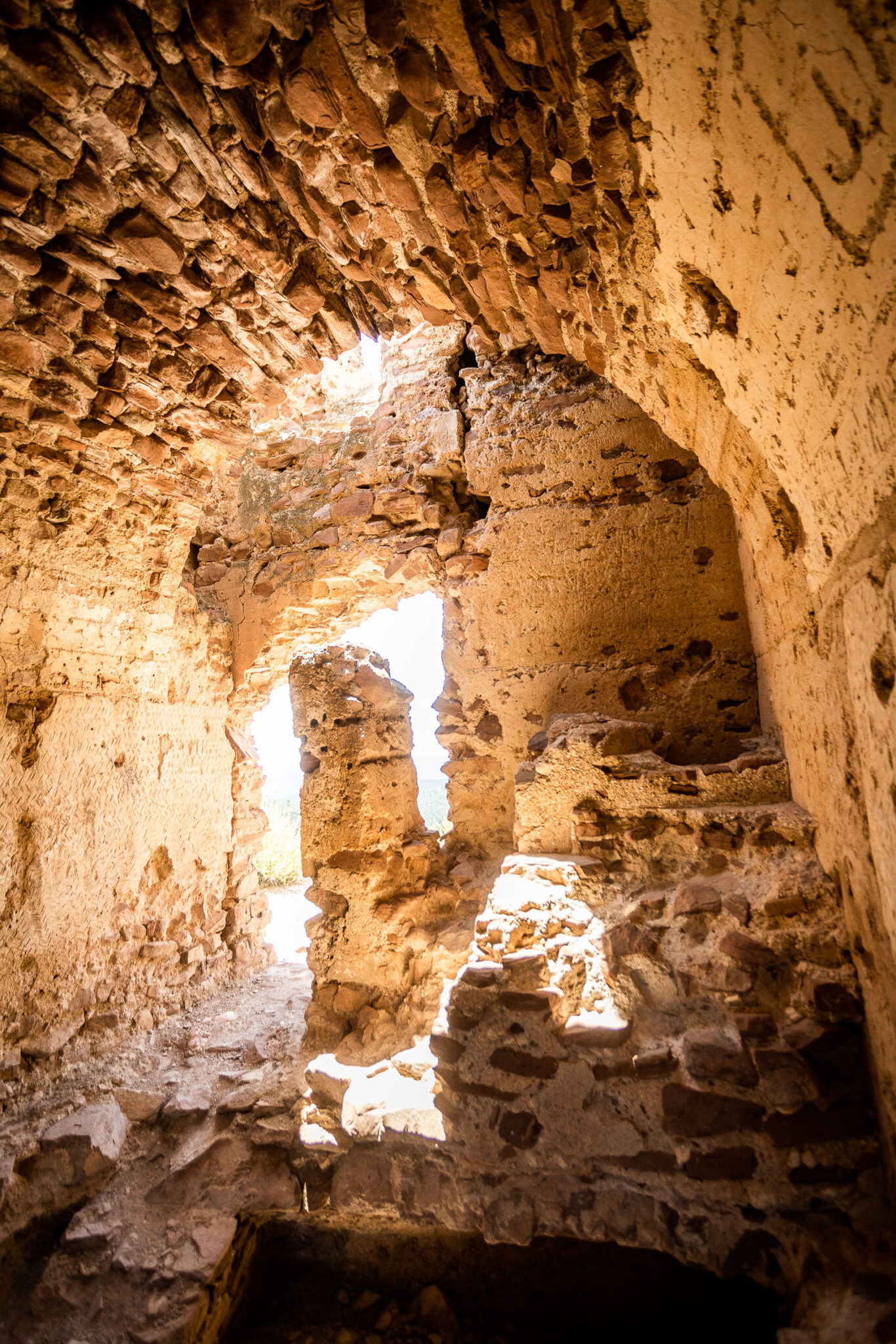
Cultural Environment
Castell del Real de Vilaragut
The Castell del Real de Vilaragut is located at the northern limit of the municipality of Olocau, bordering with Marines, and offers from its location one of the best views of the Turia plain, being 574 meters above sea level.
Built around the 11th century and of Islamic origin, it appears in the Cantar del Mio Cid with the name Hisn al Uqab. It was the center of power in the area and guarded the passage between the territory of Palancia and Turia through the mountains. This fortification was one of the last to surrender during the conquest of Jaime I.
After the Christian conquest it became the center of a lordship that passed through several hands, becoming in the 14th century a barony held by the Vilaragut family, when it began to be called Castell del Real. In the 15th century, this family decided to move the center of power from the castle to the Alquería de Pardines, where they built a palace next to the old tower and developed a settlement that took its name, from al-Uqab to Olocau, leaving the castle progressively abandoned.

In the castle we can see the base of the tower, cisterns and part of the walls in good condition. Your visit shudders to imagine the magnificent construction that was. From it you can see a landscape of great beauty, which dominated its inhabitants of the past.
Enjoy a route with all the charms of the Sierra Calderona in which you will discover one of its most emblematic castles, the Castell del Real.
Route of the Castell del Real
The Route of the Castell del Real is a circular route of 7.5 km, of low to medium difficulty and an elevation gain of 285 meters. It starts at the Casa de la Senyoria and runs through the town of Olocau to reach a path that is inserted into the heart of the forest of the Natural Park of the Sierra Calderona.
On this route you will not only enjoy nature, but also the history that surrounds Olocau, which you will discover through its rich heritage. From the majestic eighteenth century buildings of the Counts of Olocau, the Casa de la Senyoria and the Font del Frare, to the ethnological heritage of dry stone, lime kilns, cisterns, corrals, a saw worked and lived by farmers and ranchers.
And, of course, the Castillo del Real de Olocau, which can be reached by taking an 800-meter round-trip detour that is definitely worth the walk, without forgetting to retrace your steps to resume the circular route.





